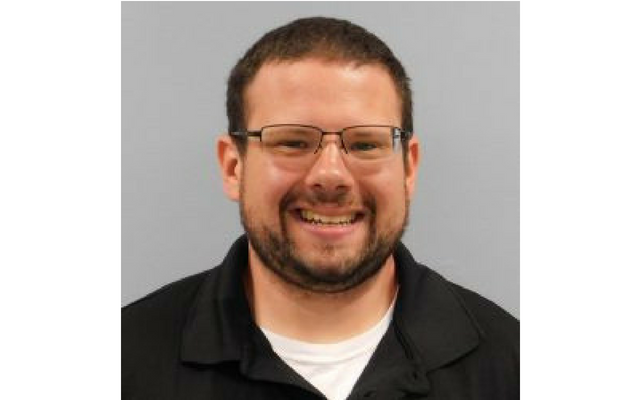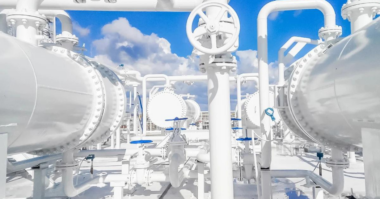Fugitive emissions are any chemical in a physical form that can unknowingly leak from an enclosed system. Valves account for more than 51% of all fugitive emissions including green-house gas. That’s more than 300,000 tons annually. It’s thought that a high proportion of the emissions are form hydrocarbon gasses like methane. The consequences of these losses are far reaching and include the loss of product in terms of the cost of fugitive emissions, clean-up costs and contributes to air pollution and climate change.
All plants handling Fugitive Emissions are expected to implement Leak Detection and Repair (LDAR) protocols monthly. The Environmental Protection Agency (EPA) monitors leak detection using “sniffing” technology. Although alternate test methods are being used, fines for falling out of compliance can cost some company millions. So, reducing fugitive emissions not only protects the environment but can save your company bunches of money.
In February of 2014, the American Petroleum Institute (API) developed the 624 Standard called “Type Testing of Rising Valves Equipped with Graphite Packing for Fugitive Emissions”. But, the standard specifies ONLY “rising and rising-rotating stem valves” and holds them to an acceptance level of 100 ppmv.
Since that time, the onus has shifted to virtually all gaskets including bonnet gaskets, multi-piece valve body seal gaskets and flange gaskets which emit fugitive emissions as well. According to Valve Magazine, “the gaskets generally are never given the design and maintenance attention they require. Gaskets are a critical component in reducing fugitive emissions and having a better understanding of their complexity and application will make all gasket-related personnel more successful.”
In “Gasket strengths and vulnerabilities’ in fugitive emission valves”, we’ll see some the differences between a dynamic seal (stem packing) and a static seal (gasket) as well as the difference in design challenges that each has to overcome. We’ll also look at, what we see as a major problem, lower class valves, those in the 150 lb. to 300 lb. class.
We’ll look at how a gasket is made to inhibit or eliminate fugitive emissions, the gland requirements, loading and cross sections. Having learned a great deal from stem packing we know that graphite alone will not prevent emissions from escaping. Graphite is a wonder when it comes to temperature resistance, but it needs a blocking agent or some other inhibitor to stop fugitive emissions.
Finally, we’ll look at the valve manufacturing industry and what valve engineer should look for in a gasket manufacturer. Signs that a gasket maker has some pertinent information about how a fugitive emissions problem is solved.
Speakers during this presentation are Thom Jessup, US Sales Manager and Rob Garlock, Chief Engineer for Valve products. Approximately 15 minutes will be reserved for questions.
The Fugitive Emissions Summit Americas 2018 Exhibition.
The Fugitive Emissions Summit is a series of presentations some hosted by engineers and others by a moderator and a panel of distinguished guests. The conference will be further complemented by the exhibition, where manufacturers, suppliers, fabricators and distributors from around North America and the rest of the world will showcase their latest products and establish business relationships for the years ahead. Whether you are long-time participants or are considering attending for the first time, you will encounter a high level of expertise and networking opportunities all presented in an informal, friendly and social atmosphere aimed at exchanging useful information. It is an important event not to be missed!
Rob Garlock – Product Development Engineer
Rob Garlock is the Product Development Engineer for EGC Enterprises and is responsible for designing, developing and testing of flexible graphite solutions for industry needs and other customer specific applications. He works closely with the research and development team and manages the progress on engineering projects.
Rob works mostly on fluid sealing products, specifically all pressure seal products including the VSG and stem packing. Rob’s mission is to engineer products that can be easily manufactured. “I think that’s the one thing that engineers forget. When you ask, ‘how will you make it’ and the answer comes back ‘I don’t know’, that’s unacceptable”, says Rob.
Rob graduated summa cum laude in Mechanical Engineering from Ohio University. He has lived in Ohio all his life and currently resides in Chardon.




